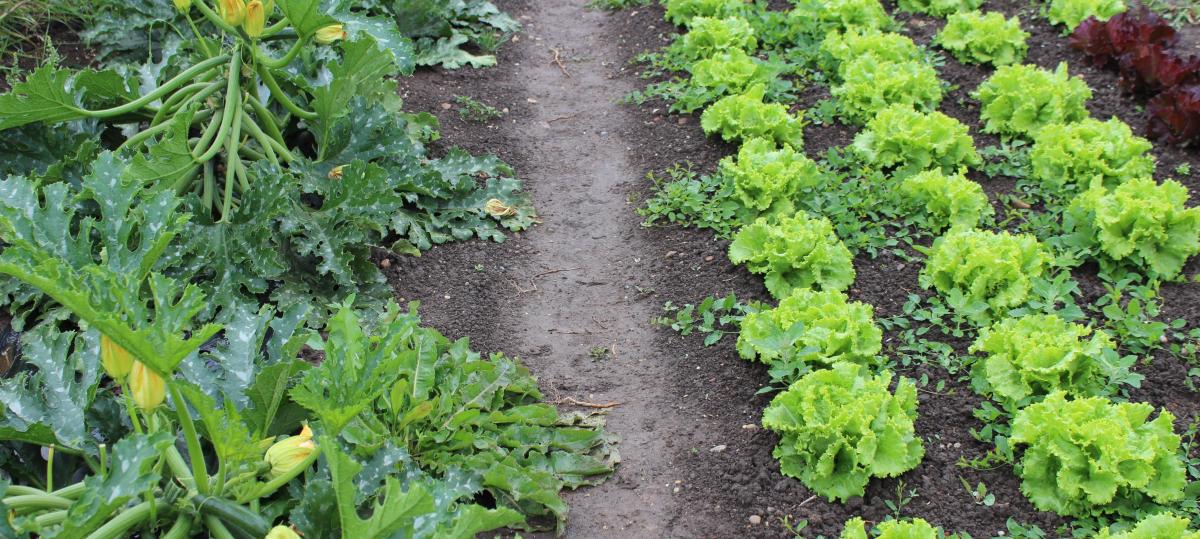Average European Annually Buy 19 pounds of clothing and footwear: Where does textile waste end? – Climate change

Europeans buy and throw more clothes, shoes and other textiles than ever before, which represents additional pressure on the environment and climate, according to the European Environment Agency (EEA) in the latest report.
In the report It states that the average EU citizen in 2022. bought 19 pounds of clothing, footwear and household textiles, which is two kilograms more compared to 2019. year. year. year. year. year That’s enough for a big suitcase. Eight kilograms made clothes, seven kilograms of household textiles and four footwears.
« The combination of increased online purchases, influential social media and cheaper production of synthetic textiles was key to the growth of rapid fashion. This has provided to consumers new styles at low prices, » emphasize the report.
It is noted that digital technologies like 3D printing can reduce waste in production and can be used to reduce environmental and climatic pressure from textiles by improving efficiency. However, they also distinguish an increase in consumption by providing cheaper production costs and lower prices.
« Ecological and climatic pressures from EU production and consumption are still high. Of the 12 European consumption, health, health and education, the consumption of textiles are, on average, in question of environmental and air conditioning, » said in the report.
The European Environment Agency is the measure of this impact through the consumption of raw materials, emissions of greenhouse gases, water and land.
In addition, the textile industry also has other environmental impacts, including air curation, use and pollution, microplastic pollution during production and washing of textiles, as well as waste disposal problems.
Updated Consumption Data Emphasizes the need for policy makers, industry and consumers to take responsibility and helping Europe remove from the fast fashion trend. They emphasize that it is necessary to move towards the production of better quality and long-lasting textile products that can be used again, repaired and recycled.
Textile waste and export
EU Member States are in 2022. produced about 6.94 million tons of textile waste, which is 16 kg per person. The total amount of textile waste produced is relatively stable since 2016. years.
The primosic rate of collection of textile waste in the EU slowly grows, increasing by 4.3 percent since 2016. But, the total waste collection rate remains low.
« In 2022 years, 85 percent of the overall household waste, but eventually completed its dumps or recycles. The application of EU legislation is expected to collect textile collection from 2025. Significantly increase the textile collection rate From the household, « the report stands out.
When it comes to the amount of textile waste, which is sent to the landfills, decreased by 21 percent in 20 per cent in 2022. On the other hand, the amount of textile waste is sent to the incineration of Posarla with 10 percent in 2010. year at 14 percent 2022.
According to the data made by the European Environment Agency, from 2000. year exports used textile almost tripled, so with slightly more than 550,000 tons in 2,000 years increased to 1, 4 million tons in 2019.
While exports used textile from the EU is intended for business offer or study recycling show that it often ends in wild landfills mainly in Asian and African countries.
One of the largest textile centers in Serbia produces 60 tons of textile waste per year
Novi Pazar is one of the largest textile centers in our country, which today has about 80 registered manufacturers. About 60 tons of textile waste are produced in this city annually. Due to the accumulation of textile waste, the initiative for its collection from local textile producers, as well as transport, storage and further distribution was launched. The City Administration II PUC Gradska purity has been supported by the Global Environmental Fund (GEF), which donated part of the funds for the procurement of a specialized vehicle for the collection of textile waste, while the rest provides the city of Novi Pazar.
The United Nations Development Program (UNDP) reminds that the world’s largest polluters is a consequence of high energy consumption, water and greater accumulation of textile waste caused by « quick mode », while the washing of clothes, a large amount of microplasty ends in the sea and oceans.
Follow us on our Facebook and Instagram page, but also on X account. Subscribe to PDF List release today.








